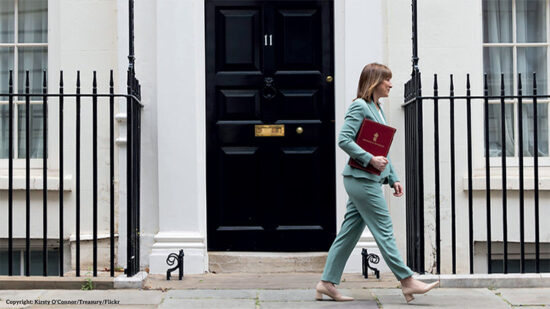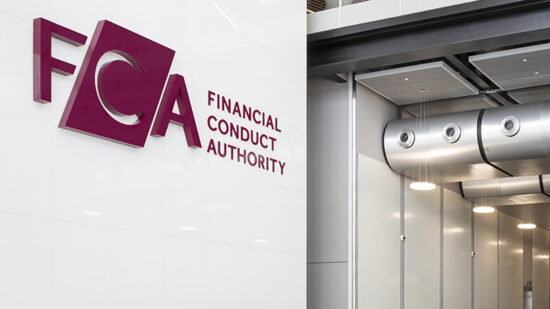Sterling
On balance the numbers last week were positive for sterling with stronger than expected retail sales and another surprise fall in the unemployment rate. The only negative was the rise in inflation that saw the CPI rise to 2.6% in July, the first rise in 4 months. This was primarily due to a rise in airfares and an unwinding of early summer discounts on clothing.
UK jobless claims unexpectedly fell in July and a wider measure of unemployment dropped to its lowest in a year as the Olympic Games created jobs in London, underlining the resilience of the labour market. The puzzle remains how the unemployment rate continues to fall while Gross Domestic Product (GDP) fell by 0.7% in the same quarter. Most economists now believe that there will be an upward revision to the 2nd quarter GDP when it is announced this Friday.
The Monetary Policy Committee minutes were also released last week and they showed that while all members voted for an unchanged rate of 0.5%, some considered an increase in the stimulus programme. This is just a month after it was increased by £50 bn to £375bn and is at odds to the message from Bank of England governor Mervyn King who said there was no urgent need to print more money. One thing that is clear is that an interest rate cut is off the agenda for now.
Sterling remains in good shape with the employment and sales data very much at odds with the last GDP reading. This Friday will see an update to those numbers and the general feeling is that they will be revised from -0.7% to nearer -0.5%. While markets remain cautious about the problems in Europe, it does seem that investors are now willing to take on some risk with sterling and the euro both edging higher against the US dollar.
US dollar
A heavy week of data from the US gave us a mixed bag of results. Producer prices came out as expected but retail sales rose sharply in July as consumer spending rebounded at department stores, auto dealers and electronics outlets, easing some concern the biggest part of the economy was foundering. The 0.8% rise was the first gain in 4 months. Consumer prices (inflation) were unchanged in July as lower energy prices offset gains in food and other items and capacity utilisation remains low meaning there is plenty of slack in the economy. This means the Federal Reserve do not need to worry about inflationary pressures should they embark on more quantitative easing.
Manufacturing in the New York area unexpectedly contracted in August by 5.9% for the first time since October, indicating U.S. factories are burdened by the global economic slowdown. This was supported by the data from the Philadelphia Fed region which also contracted. Overall Industrial production, however, increased in July – propelled by a pickup in motor vehicle output and a rebound in utility use during the hottest month on record.
Some interesting figures from the Treasury Department showed that international demand for US financial assets fell sharply in June from the previous month’s inflows (TIC Long Term Purchases). The fall was even more marked in short-term securities such as stock swaps. While the US has been a safe haven for investors for the first half of this year, it is clear that the trend has slowed sharply. Investors are starting to feel more confident that Europe will finally sort out its problems and that questions remain over the sustainability of the US recovery.
This week is lighter on data but the highlight will probably be the release of the Federal Open Market Committee meeting minutes. Given Chairman Ben Bernanke remarks 2 weeks ago that ‘’the committee will closely monitor incoming information on economic and financial developments and will provide additional accommodation as needed’’, it is clear that they might look to increase their monetary stimulus programme. Whilst current data is mixed and portrays an economy that is bumping along, the Fed will probably remain on hold for now.
Euro
GDP in the 17 nation bloc fell 0.2% from the first quarter, when it stagnated, but this contraction was softened by stronger-than forecast growth in Germany. Six of the euro area countries are now in recession, including both Spain and Italy. France managed flat growth in the period. Euro-area services and manufacturing output contracted for a sixth month in July with German investor confidence falling to the lowest level since December 2011.
Despite the gloomy stats, the markets remain hopeful that the European Central Bank (ECB) will announce new measures to help prop up Spain and the other struggling countries. ECB President Draghi has promised to do all they can to ensure the future of the Euro, including buying government bonds but there is strong resistance from the German central bank, the Bundesbank. Unless there is a compromise at some level, it’s hard to see that the markets will be satisfied. Still for now, the Euro is getting the benefit of the doubt.
While this week’s stats should continue to point to continued economic contraction, of more importance will be the meeting between Greek President Samaras and the French President Hollande and German Chancellor Merkel. Greece is struggling to find was to cut its budget for the years 2013 and 2014, and may ask for a two year extension to the timetable. Germany appears adamant that the original timetable should be adhered to and a showdown could well be on the cards. The idea of Greece leaving the Euro is now being openly talked about, and in the short term it would be Euro negative.
New Zealand Dollar
The New Zealand dollar dipped again last week, touching a three week low against both the US dollar and sterling as investors turned bearish on high risk assets globally. Hopes that Europe can find a solution to its financial problems and a slowing of growth out of China both helped push the NZD lower. Domestic data was mixed with stronger sales offset by a fall in the manufacturing index. The increase in sales was dominated by a record increase in motor-vehicle and parts retailing. The Business NZ seasonally adjusted PMI for July stood at 49.4, which was a further 0.6 points down from June and again representative of the sector in a holding pattern. Compared with previous July results, the 2012 value was the lowest since 2008. Higher electricity prices were the largest contributor to both the output and input PPI rise’s in the June 2012 quarter.
That said, NZD got a fillip on Friday after comments by German Chancellor Angela Merkel signalling that she gives her conditional support to the European Central Banks bond buying programme. She reiterated her commitment to working with the ECB to resolve the region’s debt crisis and to help reduce the borrowing costs of indebted nations, in her first public comment on the turmoil in over a month. However this may be short lived as other factors such as a slowing Chinese economy may weigh heavily on the NZD going forward.
For more currency data and information on how to assist your clients with their international money transfers, please visit the International Adviser Currency Zone powered by Moneycorp.








